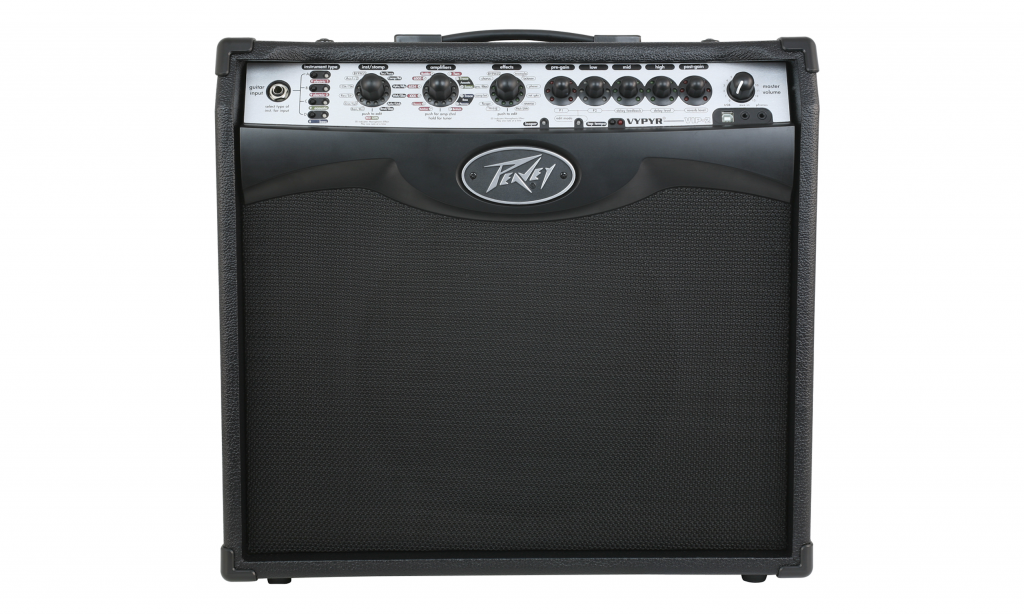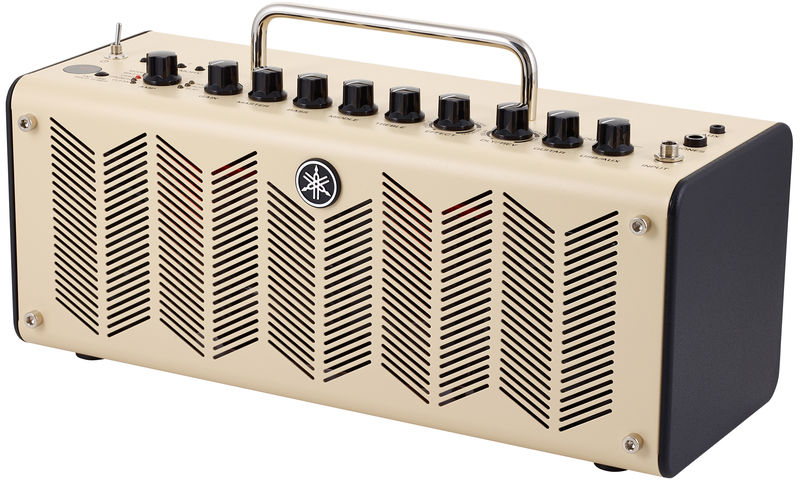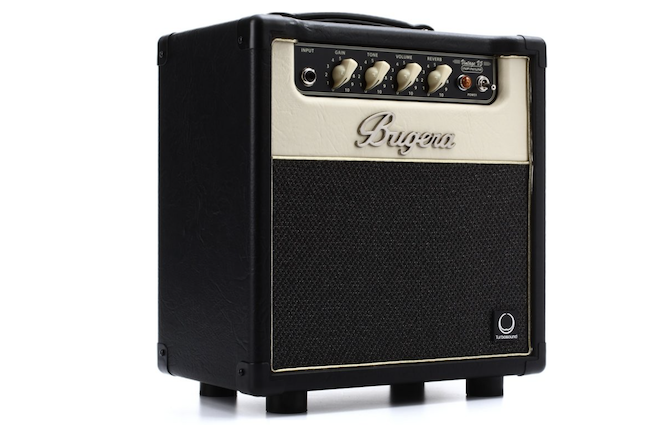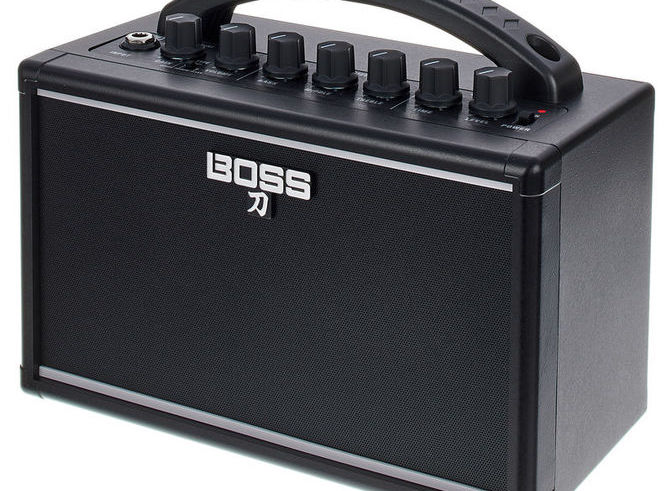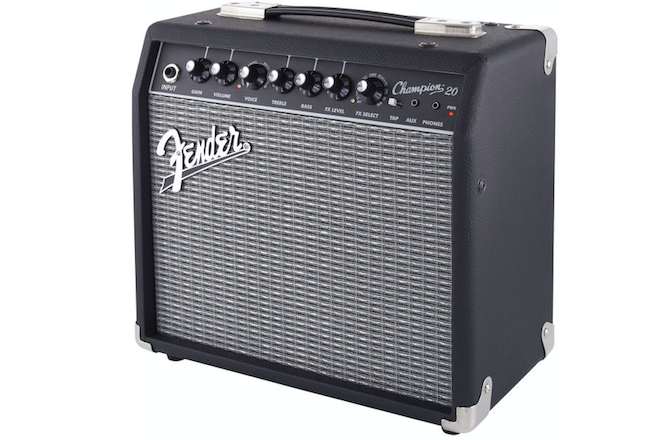So you’ve embarked on a journey to become a guitar player? Whatever your ambitions are at the moment, one of the first things you need is a great amplifier, preferably one of the best beginner amps for you. Well, you’re in luck, since these days it’s not that hard to find a solid amp for a reasonable price. However, there are still a few things we need to cover here if you want to buy the best amp for your own needs.
With this in mind, we decided to do a brief buying guide and explain some of the essential features that you should look into when purchasing your first amp. We also did some digging and came up with a brief list of great beginner amps. The list is based on the overall qualities, amount of features, and price.
When getting your first amp, you’ll most likely be bombarded by countless opinions. Everyone has something they like, and they want you to buy the exact same thing. However, it’s up to you to choose what fits your style, and we’re here to help you with that.
What you need to know before buying beginner amps
The first thing is the type of amp. The most common division you’ll see is between tube-based and solid-state amps. Even after all these decades, tube amps are still praised for their quality of tone, warmth, and dynamic response. Most of the professional players still rely on these amps. Solid-state amps are usually cleaner and have less of that dynamic response, but some famous heavy metal players prefer them due to their tighter tone. As a beginner, it’s more recommended to look into solid-state amps, possibly those with some digital processing involved. They are also significantly cheaper.
These days we also have the so-called modeling amps that are able to emulate tone qualities of tube amps. They’re usually expensive and are slowly taking over the professional world due to their practicality.
The next thing to look into is the power. Since you’ll mostly play at home, there’s no need for a stronger amplifier. Especially if we’re talking about tube amps as they can get a lot louder even at lower wattages. Also, you’ll need to push the volume way up high to achieve their full potential. Anything up to 25-30 watts for solid-states is okay, and no more than 5 watts for tube amps will do the trick. If you really want to have something for a live gig, then up to 50 watts for solid-state and 20-25 watts for tube amps (possibly with the power attenuation feature to lower wattages).
You’ll also need to look into their compact size and their overall features. You’ll probably want a more compact amp, nothing too bulky. Additional stuff like USB connectivity is also welcome, since this way you’ll be able to use your amp as an audio interface (external sound card) along with its different channels and effects, and record music in real-time with near-zero latency.
Now that we have this covered, here are some of the amps you’ll want to take into consideration.
Best Beginner Amps: Peavey Vypyr VIP 2
In our opinion, any Peavey Vypyr comes as an excellent choice for beginners. One of the reasons why is that the sound quality it offers is also good enough for the intermediate stage. This fella packs 40 watts of power, a single 12-inch speaker, and “TransTube” technology – solid-state circuitry which emulates tubes.
Another great point of this amp is the USB connectivity. You can either download different presets for the amp’s digital processing unit, or can use it as an audio interface for your computer. The possibilities become endless, and you get the chance to record with any standard DAW these days.
Yamaha THR10
Yamaha outdid themselves with this compact 10-watt lunchbox-size amp, featuring two small 3-inch speakers and digital processing capable of emulating different amp models. What’s more, it’s also optimized for bass and acoustic guitars with piezo pickups. The whole thing is rounded up with the USB connection and can be used for recording music on your computer.
You can either power it via provided AC adapter or eight standard AA batteries, which give around five to six hours of playing at average volumes. Very versatile and can be a fun way to get acquainted with all the effects.
Bugera V5 Infinium
In case you really want to get into tube amps, Bugera has some cheap options to offer. One of them is the V5 Infinium. However, you’ll need to bear in mind that the maintenance cost of tube amps is always higher. As you might have guessed, this is because you’ll need to change the vacuum tubes every once in a while.
But this little 5-watt amp is a cheaper solution and will come in handy for those who love vintage-oriented blues-rock tones. Aside from a straightforward interface, it features power attenuation that allows you to bring down output power to 1 or even 0.1 watts. This way, you get to use its full potential at bedroom-friendly volumes.
Boss Katana Mini
Known for their great pedals, Boss also got into the solid-state amp market with their Katana series. We would single out Katana Mini as a great solution for beginners. Don’t let the 7 watts of power discourage you, though, as the tone quality is comparable to the other amps of the series. You also get clean, crunch, and drive channels, as well as a delay effect. It’s a high-quality practice amp that can be powered by AA batteries.
Fender Champion 20
Fender Champion 20 brings 20 watts of power, all the necessary features, along with some additional goodies. This solid-state amp is powerful enough for decent smaller gigs and is more than useful for practice sessions at home. The fun stuff begins with the onboard effects. You can add chorus, flanger, reverb, tremolo, vibrato, and even the auto-wah. Simple, fun, compact, sturdy, budget-friendly, yet delivers quite a punch.
Now that you’re set up with a killer amplifier, the next step would be getting some guitar lessons. Then, only the sky is the limit!
